One of the most important and difficult parts of the adoption process is filling out the paperwork on your adoption preferences. Every adoption application has a TON of paperwork; even during COIVD shut downs when we had not much else to do, it took us a few weeks to complete it all! Most of the paperwork is factual: family history, medical history, financial information, etc. While time consuming, these areas of the adoption application aren’t too emotionally taxing.
Then there’s the part where you make decisions about your desired adoption. There are three main sections: the type of adoption you want, describing the child you hope for, and the amount of risk you are willing to assume. All together, these sections may be several pages filled with checkboxes in teeny tiny writing listing just about every possible medical condition or social situation you could encounter. You have to look at each one and decide: Is this what I want in an adoption? Is this what I want in my future child? Talk about an emotional monsoon!
By saying no to any condition or situation, you are excluding any potential child or birth mom with that situation. You’re saying no to parenting that child. That put a lot of heavy weight on me. How could I say no to any child? Shouldn’t I just love them all?!
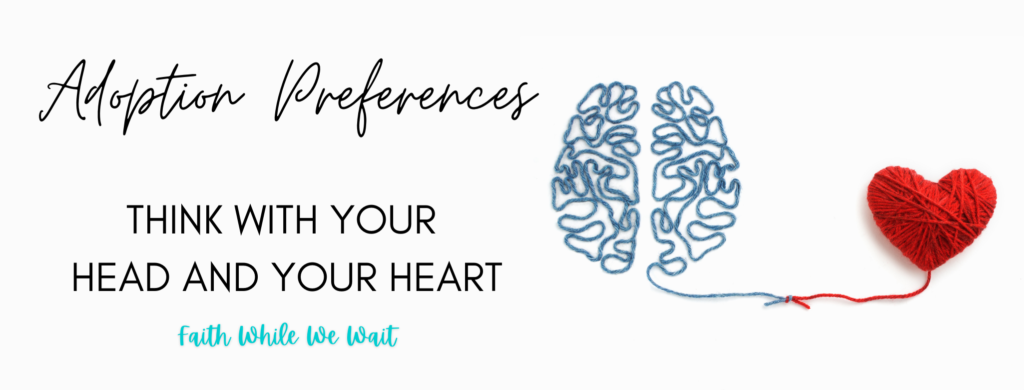
Here’s where you have to think with both your head and your heart, because decisions about your adoption preferences require both logical thinking and emotional thinking. I’ll share our thought process about the three main sections, and how both our hearts and our heads have changed over time. Maybe you can start out a step ahead of where we began!
What type of adoption do you want: open, semi-open, or closed?
When we began our adoption journey with classes to become foster parents, we envisioned what we thought of as a closed adoption: we bring the baby home and never hear from mom again, except perhaps sending a photo to an agency once a year. (Even writing that now, I cringe at how cold it sounds.) We truly had no idea what we were getting into: we were naive, uneducated about both foster care and adoption, and focused on ourselves. Thankfully, God has done some serious work on our hearts to grow us in the right direction!
Here are three general types of adoption:
Closed adoption
Adoptive family only gets non-identifying information (such as medical history) about the biological mother. Sometimes birth mom chooses the adoptive family. No contact between adoptive family and birth mom, but adoptive family is usually required to send periodic photos and updates to a third party (usually the adoption agency) to hold in case birth mom wants to see them in the future.
Semi-open adoption
Adoptive family and biological mother may or may not meet prior to birth of the baby. Birth mom wants periodic updates on baby, typically through a third party, but does not wish to continue direct contact with the adoptive family.
Open adoption
If time allows, a relationship begins between the adoptive family and biological mother before the birth of the baby. Photos and updates are most likely exchanged directly between adoptive family and birth mom. Visits (usually once a year or so) are an option but not required, and totally depend on the situation.
As our experience and knowledge have grown, we are now hoping for an open adoption and a great relationship with our baby’s biological mother. You can read more about why we’re choosing an open adoption, but here are some things for you to consider when making this decision for your family.
Think with your head: Research on families and adoption in recent years unanimously agrees that some level of openness is extremely beneficial for everyone involved. Adopted children can get answers to their questions as they grow up. Moms who chose adoption are comforted knowing their child is safe and healthy. Adoptive families get a bonus friendship and have access to necessary medical history. Be sure consider logistics before promising visits: it’s much easier to commit to yearly visits with someone instate than across the country. Visits do not have to be in your home: many families will meet in public places like parks, zoos, and malls. Adoption agencies may also provide space for these visits. If you’re not comfortable giving out your personal email address or phone number, set up a separate email account or phone line for just this purpose.
Think with your heart: Be really honest with yourself and your spouse about how much your heart can handle openness. While there’s no one right answer for every situation, I will lovingly urge you not be set in stone with what you decide. Instead, allow the appropriate level of openness to naturally happen depending on your matched situation. After those first few initial awkward conversations, the payoff is building a relationship that will benefit your adopted child, his/her birth mom, and you. Also, rest assured that any openness is dependent on the safety and well-being of the adopted child above all else, and the degree of openness may change over time.
Describe the child you hope to adopt: race and gender.
Put your boots on…it’s about to get deep in here.
At the beginning of our adoption journey, we assumed we’d adopt a child who looked just like our biological kids. We didn’t have a gender preference, but really didn’t think about another option when it came to race. (I repeat: inexperienced, ignorant, self-centered.)
Then we saw the checklists.
Every race and combination of races is there in ink. You have to check yes or no for each and every one. It truly made us take a huge pause. Would it be “easier” to parent a child who looks like me? In theory, yes, but not necessarily. Then it hit me: Could I tell a child, “I can’t be your mommy because you don’t look like me?” Never in a million years! Again our knowledge grew through experiences, and we are now 100% open to parenting and loving any beautiful baby who comes our way.
There is no universal wrong or right answer: you have to make the decision that is best for YOUR family. You may have a situation where is makes perfect sense to be gender or race specific, and that’s okay. Just be willing to do the work to make a decision with both your head and your heart.
Think with your head: Do you have people in your community and/or social circle who don’t look like you? If not, start looking to widen your circles now. Where would you go, or who would you turn to for help with practical things like hair and skin care for a child of a different race? Are you willing to read a lot of books and ask a lot of questions that might make you uncomfortable for the sake of doing right by your child? How will you respond to others in your community who may have negative reactions?
Think with your heart: Honestly consider your family and community dynamics. How would your parents, grandparents, aunts, uncles, siblings, and other family members react to a child of a different race? What about your close friends? Then decide how much their reactions matter to you. There’s no right or wrong answer, but you do need to make the time for that soul searching, and maybe have some difficult conversations. Although I was fairly confident I knew what my parents’ reactions would be, we did have a very frank conversation about what our family could look like if we have a transracial adoption. (For the record, they both instantly put any lingering hesitation to rest. We have lots of love to give any baby! they said, as I knew they would.)
Full disclosure: Transracial adoption still makes me a little nervous. Things that are different and unknown can be scary, and I admittedly know nothing beyond the books and articles I’ve been reading. But I am confident that whatever baby God has chosen for us to parent, He will provide the wisdom and strength to do so successfully.
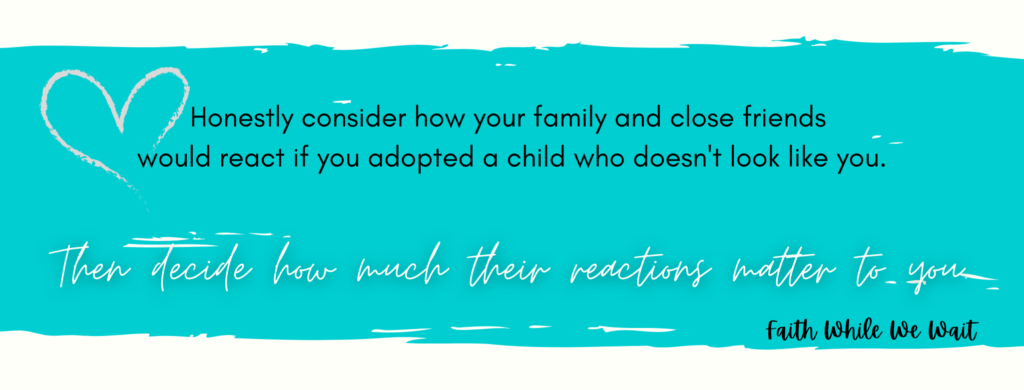
What's the risk? Considering special needs, medical history, and risk factors
Every pregnancy carries risk, even with our own biological children. But there are certain risk factors that increase the likelihood of birth defects and long term mental or physical disabilities. Here again you are given a long, exhaustive list of possible medical issues that you must say yes or no to. Many of these we had to Google because we’d never heard of them! While we gravitated towards emotional decisions, we had to lean more heavily on logical decisions with this list.
You’ll also be asked to decide how much drug and alcohol exposure you are willing to assume. Ideally the answer would be “none”, but in reality many (but not all!) pregnant women making an adoption plan have a history of addiction. Personally, we tended to be a little choosier on this one because of the high risks associated with drug and alcohol use during pregnancy. But again, you have to think with both your head and your heart to make the decision that is right for your family.
Think with your head: How close are you to hospitals with specialists and therapists that could meet a child’s ongoing medical needs? How flexible is your job for needing frequent appointments or even long-term absences? What will your insurance cover? Is your home set up for a child with limited mobility? What special education services does your school system provide?
Think with your heart: It’s okay to say no to things you truly don’t feel equipped to handle. It doesn’t make you a bad person, and it doesn’t mean that that child will never have a forever family. Some people feel a calling to adopt special needs children, and have created beautiful families. It’s okay if you’re not one of them; just be willing to do the work to truly understand why you are saying yes or no. We have said no to some situations where extended or intense drug use will likely mean an extended NICU stay for baby. We have researched genetic issues and medical conditions to see if they are something we think we can handle. Sometimes we’ve felt God pushing us to step outside our comfort zone, while other times we’ve both felt it’s not the right situation for us.
What's next?
If you are considering starting your journey into foster care or adoption, I hope these questions have given you some things to talk about with your spouse and family. Keep the dialogue going, and know that it’s okay to hit pause on the process until you are both on the same page.
I’ll leave you with two final thoughts:
It’s okay to say no to some things. Most importantly, you have to decide what is right for your family. After all, you don’t want just any baby…you want your baby!
It’s okay to change your mind. If we had filled out these preferences two years earlier, our answers would have been vastly different. We have even changed things just in the last few months as we felt we could be more open. God has been working on our hearts to prepare us for the baby He has chosen for our family. He’ll be working on you too, if you let Him.

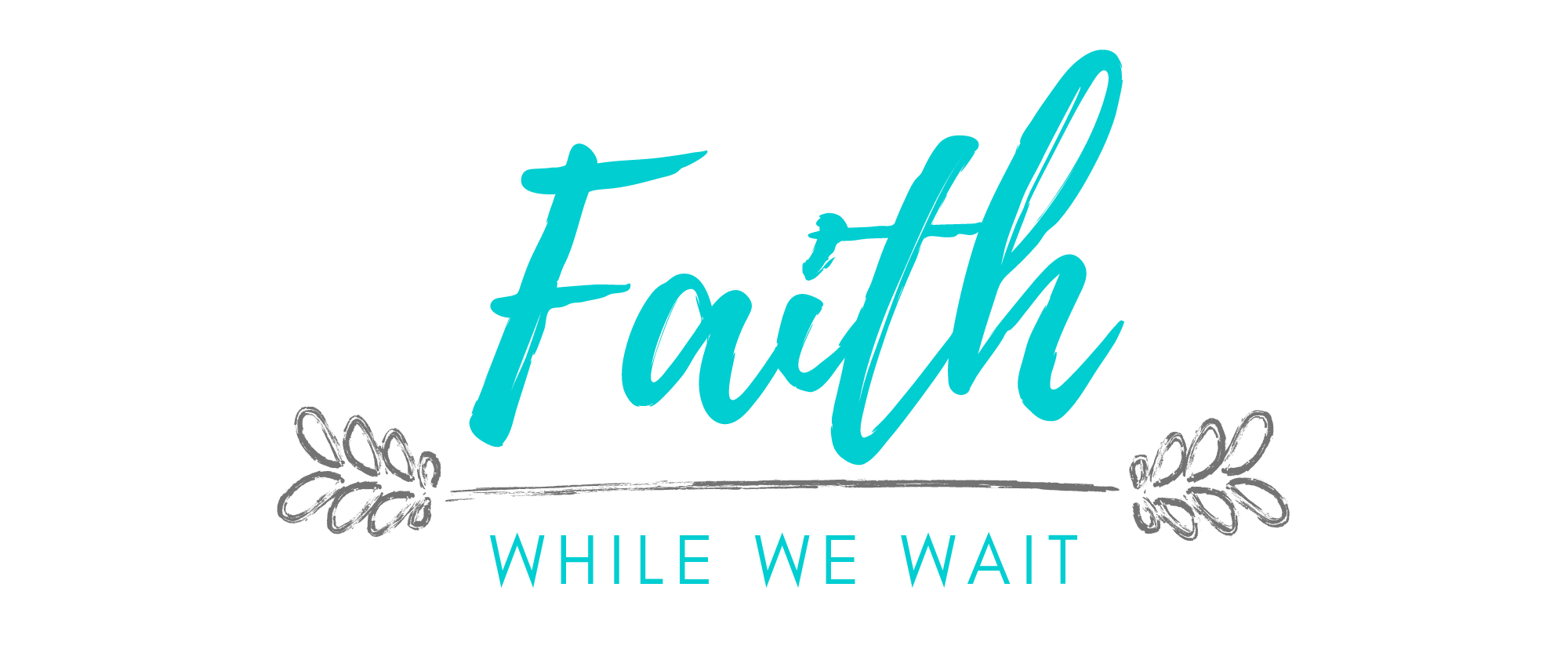


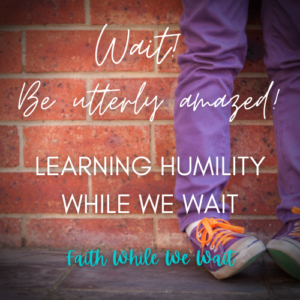
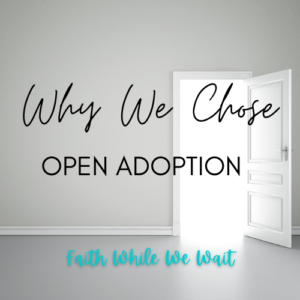
I think that it is admirable that you are opening your home and hearts to adoption. This article has beneficial information that I will be passing on to a friend that is considering adoption.